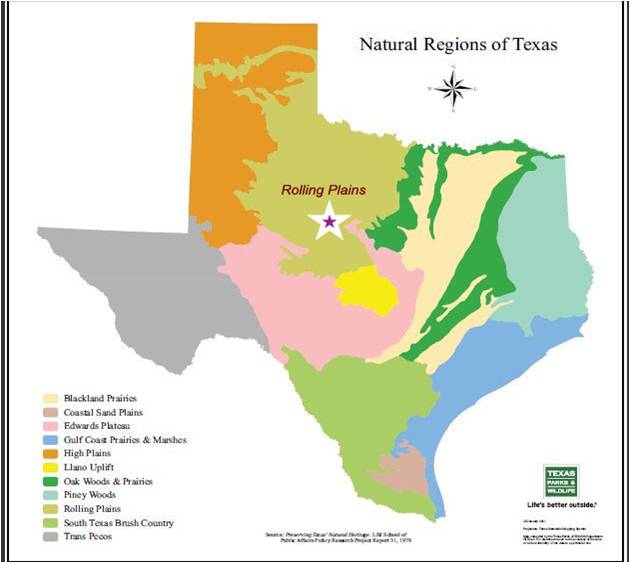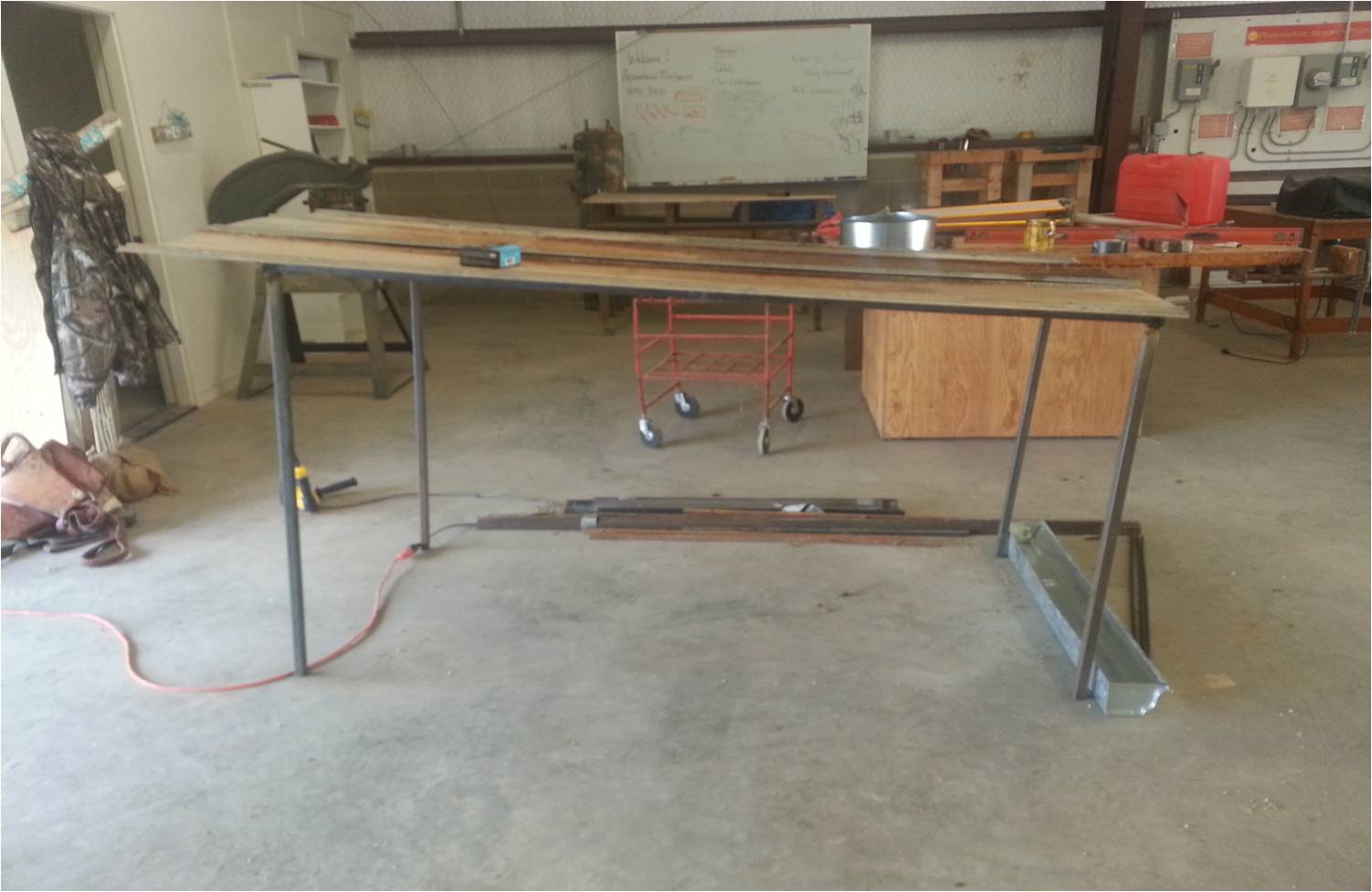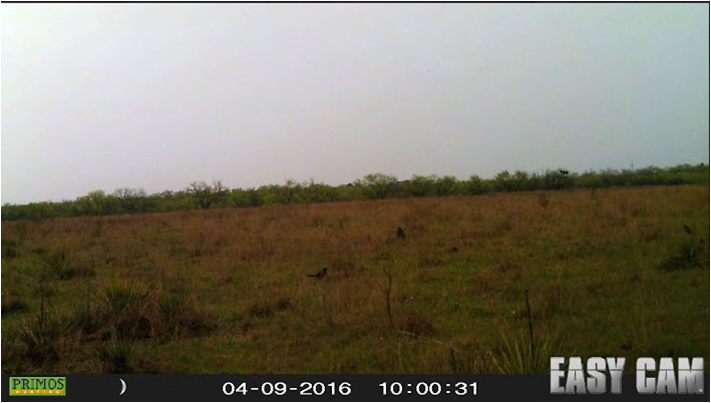In the spring semester of 2016 I joined in a research project, which was just starting to formulate, with another student. Other than classroom-based research and presentations, this was my first time being involved in a research project. This particular project is just in the preliminary stages as we’re collecting our first data. Eric Dolezalik, the other student involved, had recently studied water catchment systems in depth and decided he wanted to apply that knowledge for wildlife research. The Abilene area had seen a scarcity of water in recent years. Therefore, wildlife in the area have been spreading out to fulfill their water needs. This research project is designed to determine the various wildlife species that are present and what their population and density is in the Abilene area, while providing another water source collected by a catchment system and measuring its impact on wildlife distribution. So through the guidance of Dr. Josh Brokaw, we decided to conduct a trail camera survey with and without the presence of water sources on the 402 acres of the ACU Rhoden Farm of the Agricultural and Environmental Sciences Department in Hamby, Texas.

Location of Rhoden Farm in the Southern Rolling Plains

Camera Trap Grid
With our study site determined, we set up a rectangular grid using Universal Transverse Mercator (UTM) coordinates on Google Earth. The reason we used UTM was to eliminate any variation in distance between coordinates (like with longitude) from the curvature of the earth, but once we got in the field, we realized our handheld GPS device did not have the UTM option on it, so we had to convert our points to longitude and latitude. With the grid established, we positioned trail cameras at evenly spaced locations throughout the farm, and we eliminated any points that were too close to a large manmade object or a sizable body of water or would interfere with any normal operations of the Rhoden Farm. We ended up with twenty locations in all. At these locations, we mounted trail cameras on T-posts to capture any animals that wander by. We are still in the process of building water catchment systems with the guidance of professor Billy Kniffen, a water resource expert, so all the data being collected on the cameras now will be used to establish a baseline of the wildlife presence before we put these catchment systems in place.

Incomplete Water Catchment System
The catchment systems are small shed-like structures that are only about 3 feet high, 3 feet wide, and 6 feet long. It has a slanted roof to direct all the collected water to a 55 gallon barrel where it will be stored and then will proceed to concrete watering station just in front of the camera. Once we get the catchment systems in place, only ten of the camera locations will have them, and the other ten will be considered a control of water absence for our data collection. This preliminary stage has been useful because, after the first week of data being collected, we realized that our cameras were too high to capture much of anything smaller than a coyote, so we decided to lower all the cameras to about two and half feet off the ground, in hopes of catching more animals on camera. Thus far, without the water catchment systems, we have only been able to identify a few wildlife animals that have wandered in front of our cameras. We have positively identified white-tailed deer, black-tailed jackrabbits, great-tailed grackles, coyotes, scissor-tailed flycatchers, and a few others. Though in the future and with access to a supplemental water source, we foresee capturing a lot more wildlife on camera where we can compile the data and determine the species population richness, density, and diversity and measure the impacts of the water-catchment system. I look forward to seeing which species we’ll get on cameras and to see how they react to the increased water access.

White-Tailed Deer

Black-Tailed Jackrabbit

Great-Tailed Grackles
